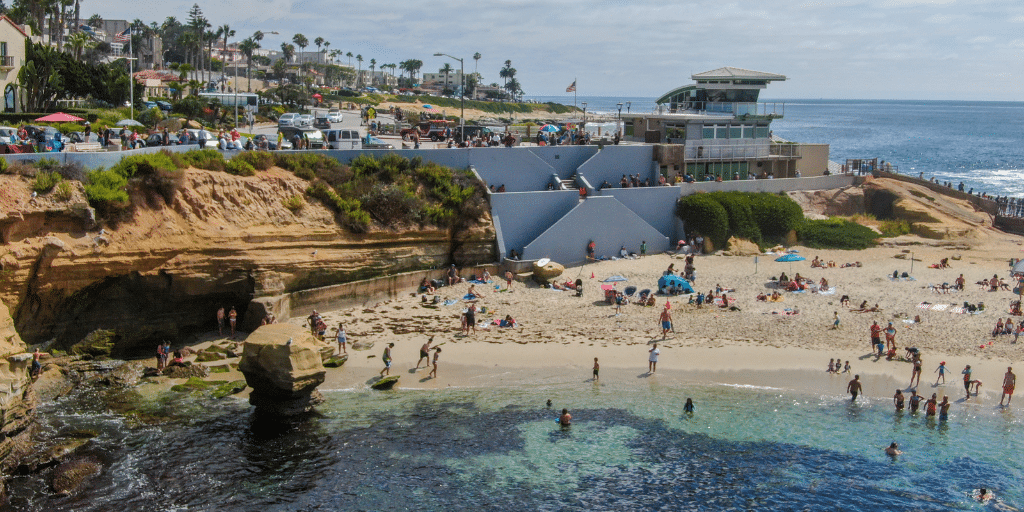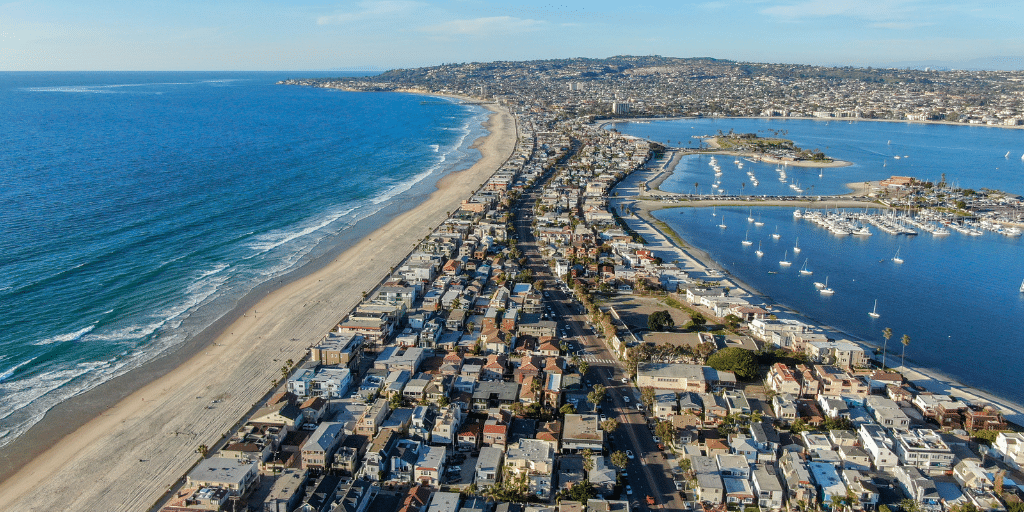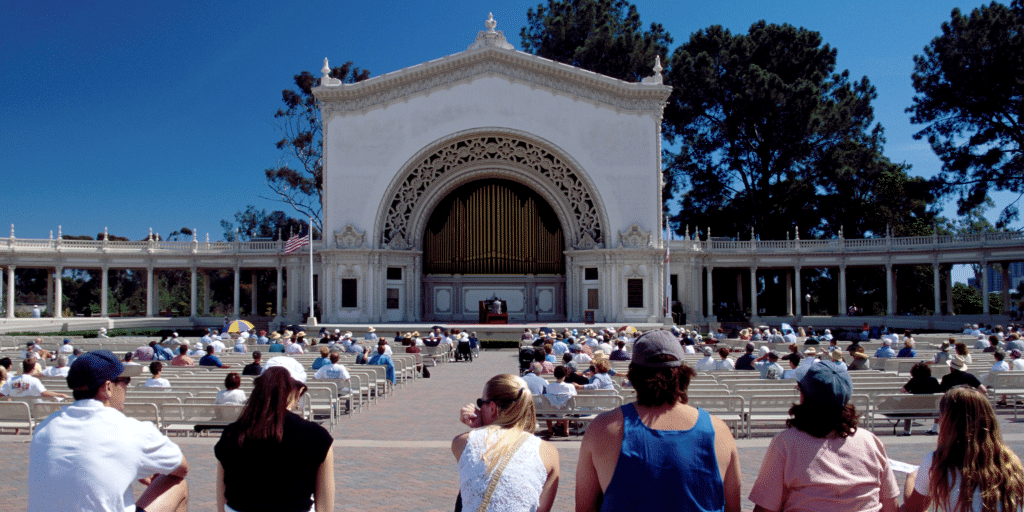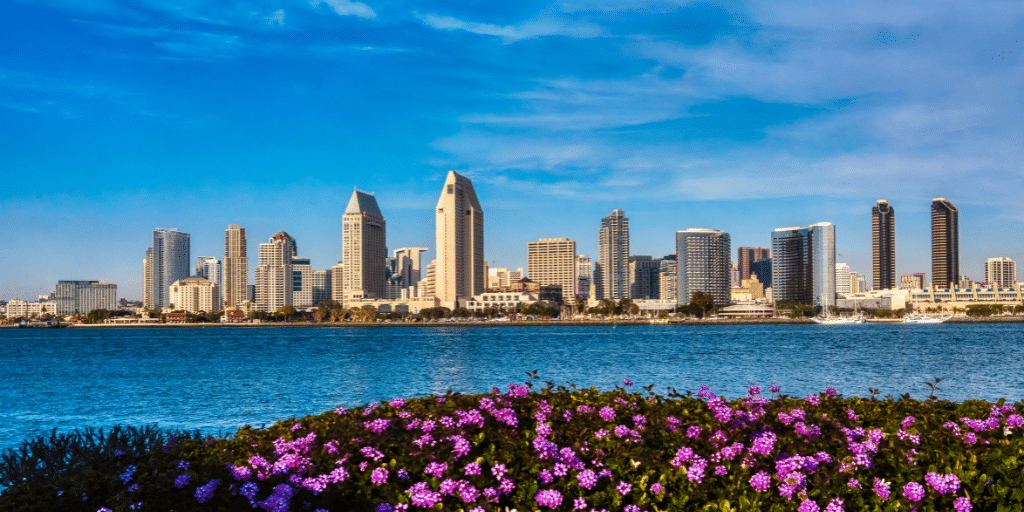
The Cost of Living in San Diego: Exploring Expenses and Affordability
San Diego is the epitome of sun, surf, and fun. Located off the coast of Southern California, it boasts an impressive 266 sunny days, compared to the U.S. average of 205 days of sun. It is not only a prime vacation spot for many, but it is also a great place to live.
But what is the cost of living in San Diego? That answer can vary based on several factors, like the type of real estate in San Diego and the amenities you choose, as well as the average income, taxes, food, and transportation costs.
Interested in learning more about the cost of living in San Diego? Then keep reading to learn all about San Diego real estate and living costs below.
San Diego Area Key Demographics

Before we jump into the cost of living in San Diego, let’s take a look at some of the area’s key demographics. The current population in San Diego in 2023 is around 3,385,398 people.
The San Diego area is known for its retired and active-duty military and naval population. It is home to Naval Station San Diego, which is the largest naval base on the West Coast.
San Diego is also home to a booming senior population. A report done by SDSU using U.S. Census data estimates that the senior population in San Diego, aged 60 years and over, will reach 910,000 by 2030.
San Diego’s skews predominantly Caucasian with around 42% of the total population. Meanwhile, Hispanics make up around 30% of the population. The average age of residents is 34.5 years old.
What's the Average Cost of Living in San Diego?

For starters, the average cost of living in San Diego is considered to be 44% higher than the national average. All of that sun and fun can come with a hefty price tag attached. San Diego may also be the 2nd most expensive American city to live in overall, with San Francisco taking the top spot.
According to a study by SmartAsset, an individual would need to make at least $79,324 post-taxes to live comfortably in the San Diego Metro area. The definition of a “comfortable lifestyle” is different for everyone, but researchers find it usually follows something along the lines of a 50/30/20 Rule.
The 50 portion of the 50/30/20 rule applies to necessary living costs such as food and shelter. The 30 portion refers to “luxury” items and expenditures like dining out or gym memberships. While the 20 portion pertains to savings and investments.
Data from the 5-year survey conducted by the ACS between 2017-2021 shows that the median household income was $89,457 yearly.
San Diego Real Estate Costs

Real estate is a huge factor in the cost of living in San Diego. The housing market is volatile and experiences frequent fluctuations in pricing rising and falling with the changing market. Higher interest rates are also a major component of the cost of living associated with real estate in San Diego.
In the Spring of 2022, the average price for a home in San Diego fell from $930,000 to just $737,000. However, the average home price at $737,000 is still nearly double the national average elsewhere.
For apartment dwellers, rent is also a vital element of the cost of living in San Diego. Rent costs vary based on the location of the apartment complex and the number of bedrooms and other amenities.
On average, you can expect to pay $1,915 for a one-bedroom apartment and around $2,468 for a two-bedroom apartment. Rent costs in San Diego make it the 4th most expensive rent locale nationwide.
Factor into the cost of living in San Diego your monthly utilities like gas, water, electricity, garbage, and sewage. This will average about $138 per month based on current rates and frequency of use. Utilities are around 13% more expensive in San Diego compared to other areas.
Want To Read More About Living The Blue Life? Subscribe Today!
San Diego Property and Sales Taxes

Housing costs aside, you’ll also need to factor in property taxes. These property taxes are in addition to the living costs already mentioned. They are a yearly assessment paid twice a year between November and April based on the value of your home.
In 2022, the median property tax in San Diego was $2,955. This represents an average of 0.61% of home value. San Diego County is also known for having one of the highest median property taxes in the U.S.
You will also need to account for the 7.75% sales tax. It includes the 6% California sales tax along with an included 0.25% San Diego County sales tax and a 1.5% Special Tax. This is applied to all non-exempt purchases like alcoholic beverages, clothing, and toys.
Transportation Costs

Cars are the most preferred method of transportation in San Diego. Gas prices in California have been known to fluctuate wildly in recent years due to rising petroleum costs. Currently, you expect to pay upwards of $4.90 per gallon for Regular gasoline.
If you plan on taking a bus or trolley in San Diego, the San Diego Metropolitan Transit System offers rides for $2.50 or $1.25 if you qualify for a reduced fare. Or you can buy a monthly ride pass for around $72.
Entertainment in San Diego

Of course, if you’re going to live in San Diego, you’ll want to see the sights and have some fun from time to time. San Diego has a variety of great amusement and entertainment options including:
A 1-day ticket to the San Diego Zoo or the Zoo Safari Park will average $71 for an adult and $61 for a child, ages 3-11. A 1-day Any Day ticket to SeaWorld will run you $109 for ages 3+; however, SeaWorld offers special military discounts and deals on season passes all year long. While Sesame Place is around $67 with kids under 3 admitted free.
Belmont Park and Balboa Park are great scaled-down and affordable attraction sites to visit. There are also plenty of shops, arcades, museums, movie theaters, live performing arts centers, and comedy clubs to enjoy. Seaport Village and the Gaslamp Quarter are a must.
Explore More of What San Diego Has to Offer With Blue Life San Diego Today

While the cost of living in San Diego is considerably higher than elsewhere in the states, it can be well worth it for many. It is an idyllic place to live and work, for Military and Naval families to settle down and raise a family, and as a destination for senior retirement as well.
Blue Life San Diego is your source for living in San Diego. We have experience working with military families to buy, sell, and invest in properties. We also specialize in helping seniors and their families buy their retirement dream homes.
Contact us today for more information.
